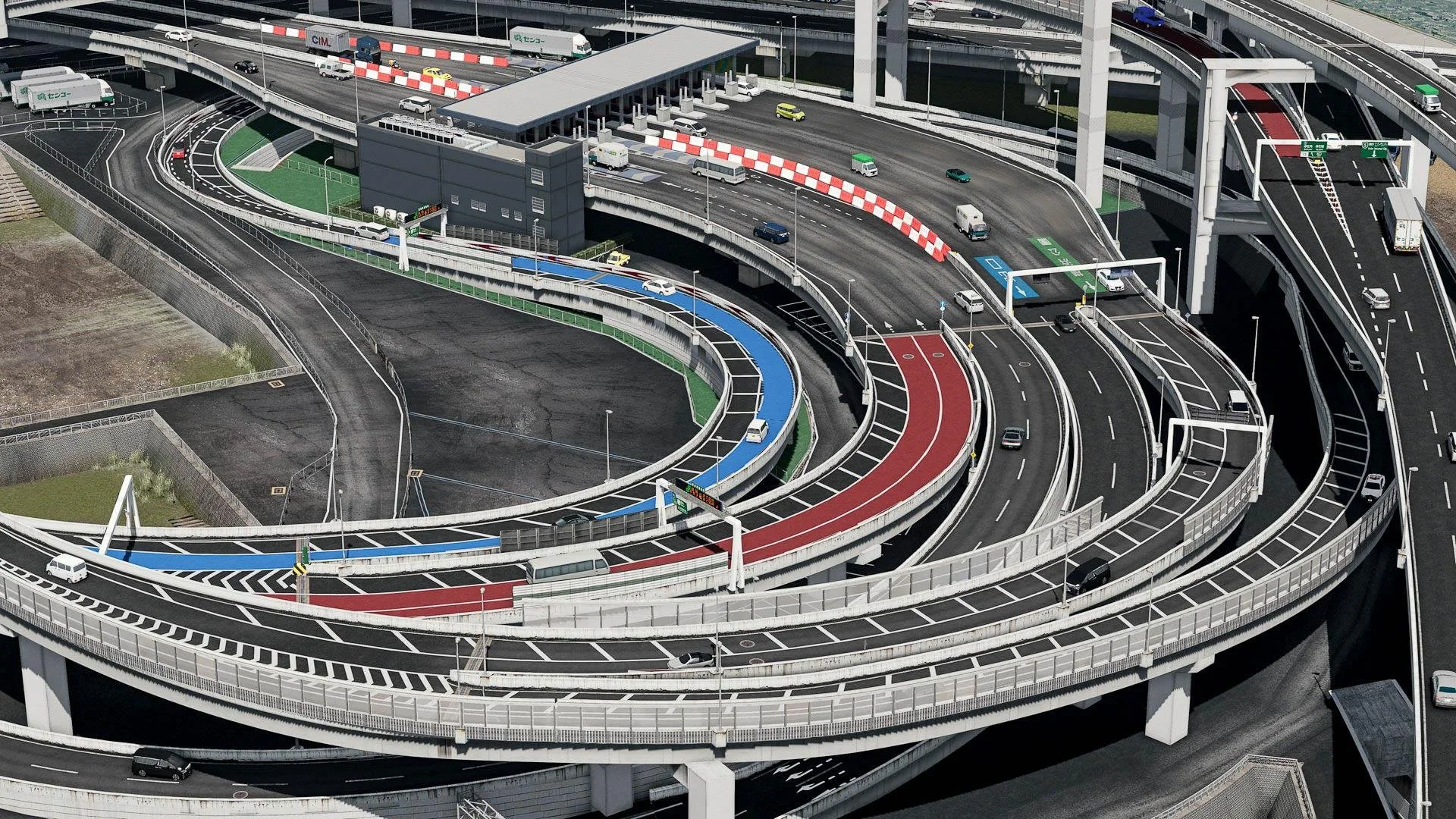The Ultimate Guide to Car Rental in Japan
Exploring Japan’s diverse landscapes – from the rugged peaks of Hokkaido to the sun-soaked shores of Okinawa – is often best done by car. While Japan's public transportation network is impeccable, renting a car offers unparalleled freedom to delve into remote corners. Whether you’re navigating the alpine roads of the Japanese Alps or tracing the ancient pilgrimage routes of the Kumano Kodo, a rental car can transform your trip into a uniquely personal adventure. Here’s how to streamline your car rental experience and make the most out of your road trip across Japan.
Having the Correct Permit
To drive in Japan, you'll need an International Driving Permit (IDP) alongside your home country license. The IDP must be issued by one of the countries that are part of the 1949 Geneva Convention on Road Traffic. These permits are generally obtained through your national automobile association before departure. For further details and validation of your driving credentials, visit the Japan Automobile Federation (JAF) website.
License Translation
In addition to an IDP, some countries require a Japanese translation of your driving license. Since JAF's translation services are only available in Japan, you’ll need to visit a JAF office upon arrival. However, proxy services are available through agencies like Japan Experience and Keikaku Japan for certain countries. Check their websites for more details on how to secure a translation before you arrive.
Related post: Train, Plane or Car: How Should You Get Around Japan?
Rental Companies
Instead of a whistle-stop tour, try winding your way through Japan over a longer period, whether you can visit for two weeks or a month. Go deeper, get accustomed with local etiquette and develop a connection with people and places in a meaningful way.
In Japan, several reputable rental companies provide a wide range of vehicles:
How Much Does it Cost?
Rental prices vary depending on the vehicle type, rental duration, and location. On average, expect to pay around ¥5,000 to ¥10,000 per day for a standard car. Luxury or larger vehicles will cost more. Booking in advance and comparing rates across different providers can help secure the best deal.
Do I Need Insurance?
Insurance is crucial when renting a car. Most rental companies offer basic coverage, but you may want to opt for additional insurance to cover potential damage or theft. Check with the rental company for details on the types of coverage available and consider your own travel insurance for added protection.
Rules of the Road in Japan
Japanese roads are known for their orderliness and respect for traffic rules. When driving, adhere to local etiquette: use your indicators, respect speed limits, and be courteous to other drivers. Ensure you park in designated areas to avoid fines or towing.
All passengers must wear seatbelts.
Speed limits must be observed.
Driving under the influence of alcohol is strictly prohibited.
Mobile phone use while driving is illegal.
Always stop at railway crossings and check for trains.
Newly licensed and elderly drivers must display specific markings.
In snowy conditions, equip your car with winter tires or chains. Parking can be challenging in urban areas, and penalties may apply for parking violations. Toll fees on expressways vary, with a trip from Tokyo to Kyoto costing around ¥10,070.
Looking for travel guides and itineraries? Subscribe to the weekly Views from Japan newsletter here.
Filling Up
Fuel in Japan costs averaging around ¥160 per liter. It’s advisable to refuel before returning your rental car to avoid refueling charges. Keep an eye on fuel levels to ensure you don’t run out, especially in remote areas. Refueling in Japan is straightforward – most gas stations offer self-service pumps with English instructions. Pay attention to the fuel type and ensure you use the correct octane level for your rental car. Payment can be made at the pump or inside the station.
“Michi-no-Eki” (Roadside Stations)
Michi-no-Eki, or roadside stations, are convenient rest stops along highways offering facilities like restrooms, local food, and information. They are excellent for taking breaks and discovering local specialties.
Expressways
Japan’s expressways, or “kōsokudōro,” are well-maintained and feature convenient service areas. They require tolls, which are calculated based on distance traveled. Be prepared for additional costs, but enjoy the smooth and scenic drives they offer.
Discover Japan Like Never Before. Tried & Tested by a Local.
Trusted by thousands of design-conscious, culturally curious and forward-thinking travellers around the world, Views from Japan is a meaningful travel guidebook that gives you all the tools to unlock remote destinations, delve into Japan’s unique cultural traditions and discover lesser-known neighbourhoods, without spending hours trawling the web or following generic itineraries.














